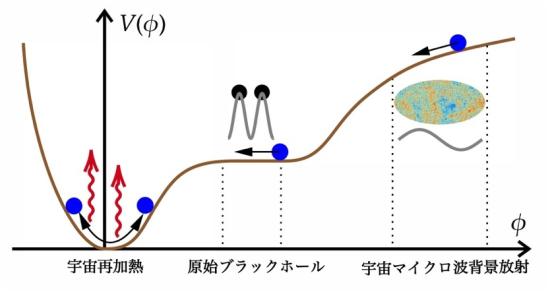2024-05-30 韓国基礎科学研究院(IBS)
<関連情報>
- https://www.ibs.re.kr/cop/bbs/BBSMSTR_000000000738/selectBoardArticle.do
- https://www.science.org/doi/10.1126/scirobotics.adk6903
鳥の目から着想を得たペロブスカイト人工視覚システムによるフォーベーテッドイメージングとマルチスペクトルイメージング Avian eye–inspired perovskite artificial vision system for foveated and multispectral imaging
JINHONG PARK, MIN SEOK KIM, JOONSOO KIM, SEHUI CHANG, […], AND DAE-HYEONG KIM
Science Robotics Published: 29 May 2024
DOI:https://doi.org/10.1126/scirobotics.adk6903

Editor’s summary
The eyes of certain bird species contain deep central foveae that can magnify a target object for motion tracking as well as four cone types corresponding to red, green, blue (RGB), and ultraviolet (UV) light. Inspired by these avian eyes, Park et al. developed an artificial vision system for foveated and multispectral imaging. The system was composed of an artificial Gaussian-shaped fovea that could magnify and focus an object similarly to a zoom lens and a vertically stacked perovskite photodetector array that could detect R, G, B, and UV light without filters. This vision system is particularly promising in uncrewed aerial vehicles for detecting target objects and their motion. —Melisa Yashinski
Abstract
Avian eyes have deep central foveae as a result of extensive evolution. Deep foveae efficiently refract incident light, creating a magnified image of the target object and making it easier to track object motion. These features are essential for detecting and tracking remote objects in dynamic environments. Furthermore, avian eyes respond to a wide spectrum of light, including visible and ultraviolet light, allowing them to efficiently distinguish the target object from complex backgrounds. Despite notable advances in artificial vision systems that mimic animal vision, the exceptional object detection and targeting capabilities of avian eyes via foveated and multispectral imaging remain underexplored. Here, we present an artificial vision system that capitalizes on these aspects of avian vision. We introduce an artificial fovea and vertically stacked perovskite photodetector arrays whose designs were optimized by theoretical simulations for the demonstration of foveated and multispectral imaging. The artificial vision system successfully identifies colored and mixed-color objects and detects remote objects through foveated imaging. The potential for use in uncrewed aerial vehicles that need to detect, track, and recognize distant targets in dynamic environments is also discussed. Our avian eye–inspired perovskite artificial vision system marks a notable advance in bioinspired artificial visions.



